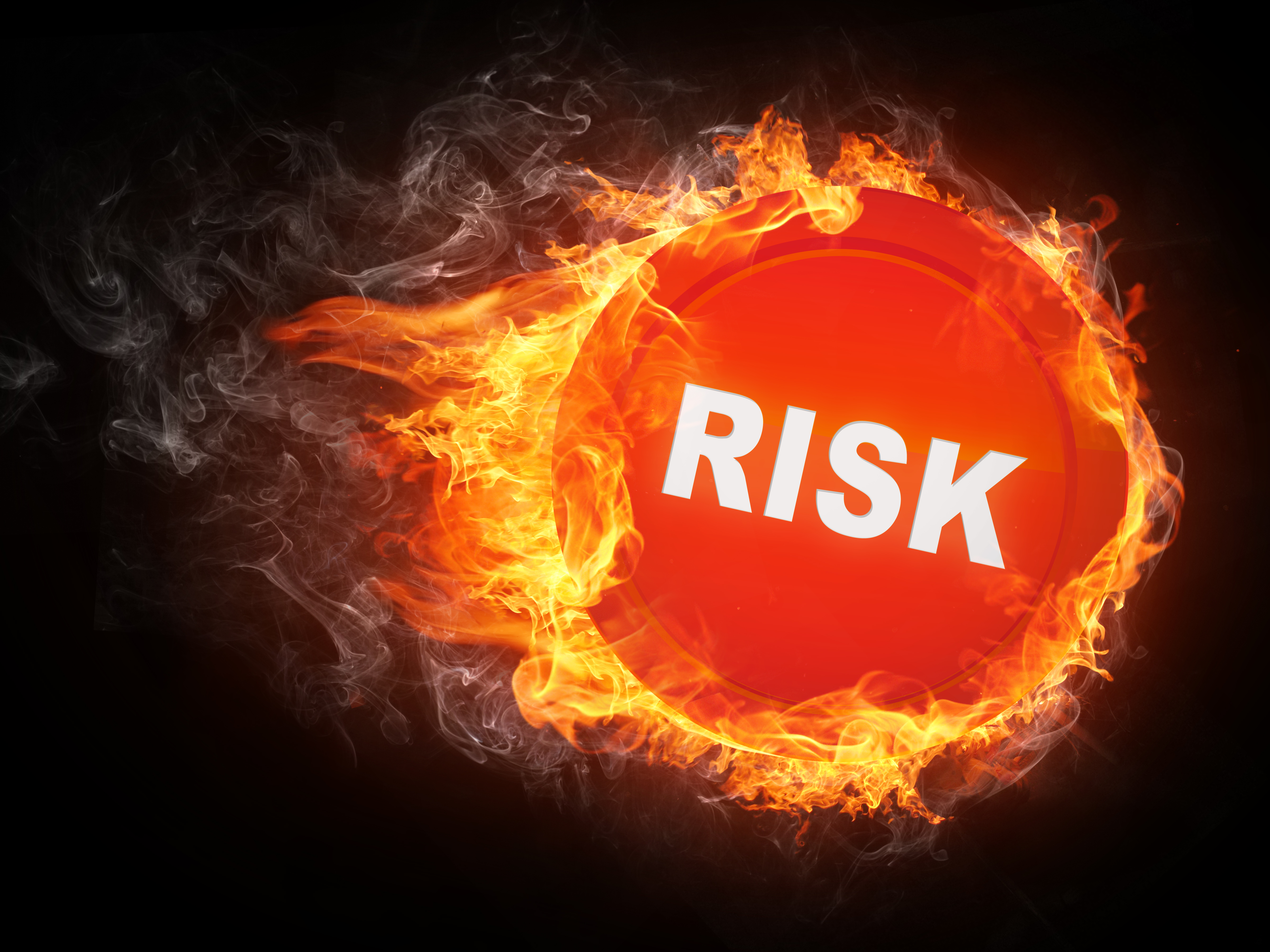by Renee Brigman | May 15, 2018 | Dryer Vent Maintenance
Your dryer vent is a similar system to your fireplace chimney or furnace flue. Its purpose is to vent heat and lint from the clothes dryer. It needs regular maintenance to properly function…just like your chimney and furnace. If it isn’t maintained, the clothes...
by Renee Brigman | Jan 11, 2018 | Chimney Fires
Two common causes for these fires occurring more often in late December and early January: Burning of wrapping paper and old trees after Christmas. – Burning materials aside from the designated fuel can result in a devastating chimney fire, but in reality, even...
by Renee Brigman | May 15, 2014 | Chimney Maintenance, Fire Safety
Chimney fires are more likely to occur if there’s not enough protection from the scorching heat. It is important to have a chimney liner to increase energy efficiency and to promote safety.
by Renee Brigman | Jan 17, 2014 | Chimney Maintenance, Fire Safety
If you haven’t had your chimney cleaned and inspected in the last 12 months, don’t worry – just schedule right away. Here is some basic information about common problems, levels of inspection, choosing the best sweep and things to keep in mind. This...

by Renee Brigman | Nov 26, 2013 | Fire Safety
House fires are devastating. They can leave families without homes and sadly sometimes loved ones. No matter how hard you try to prevent them, they are a common problem. However, there are things you can do to protect yourself incase of one of these emergencies. ...

